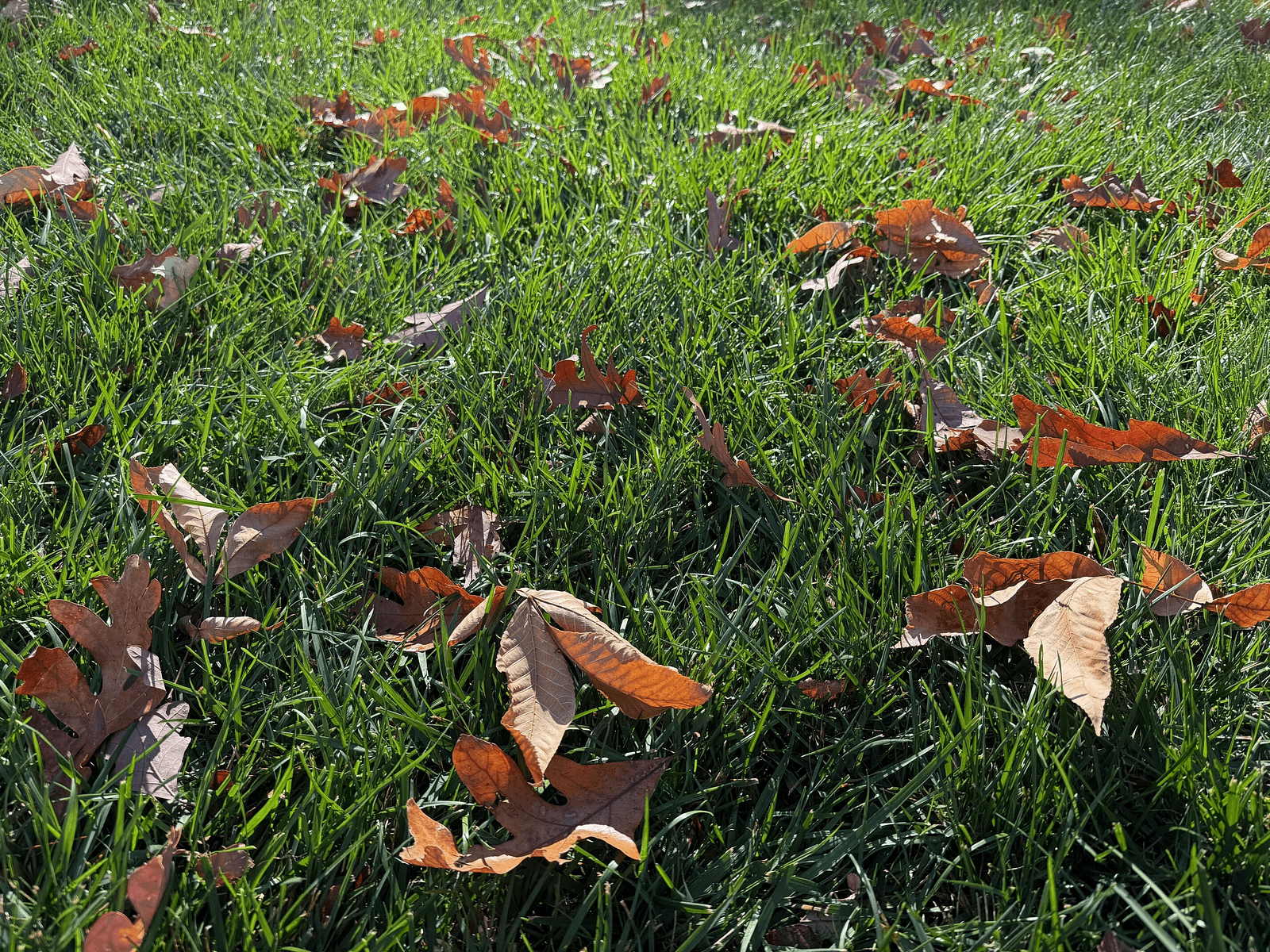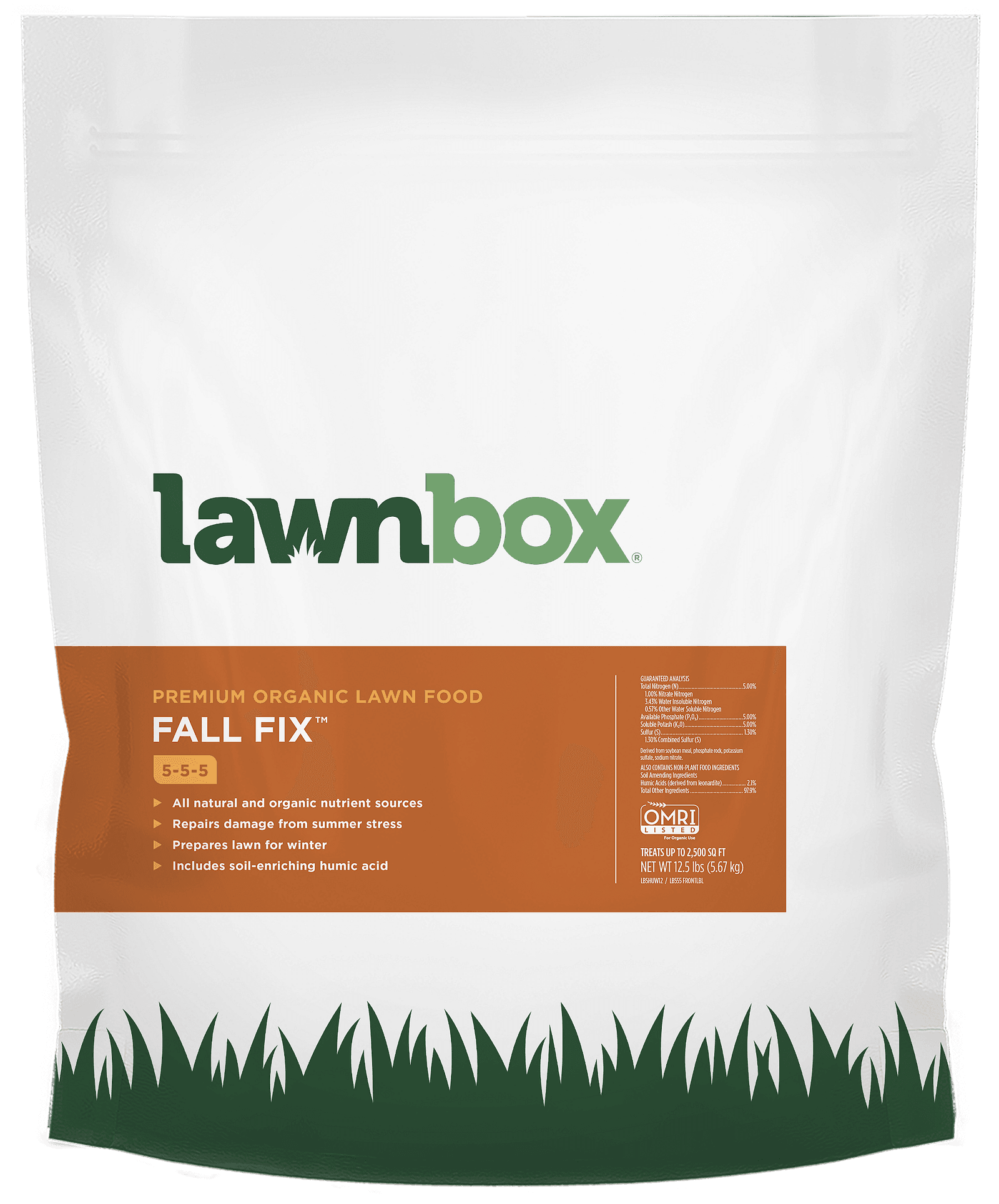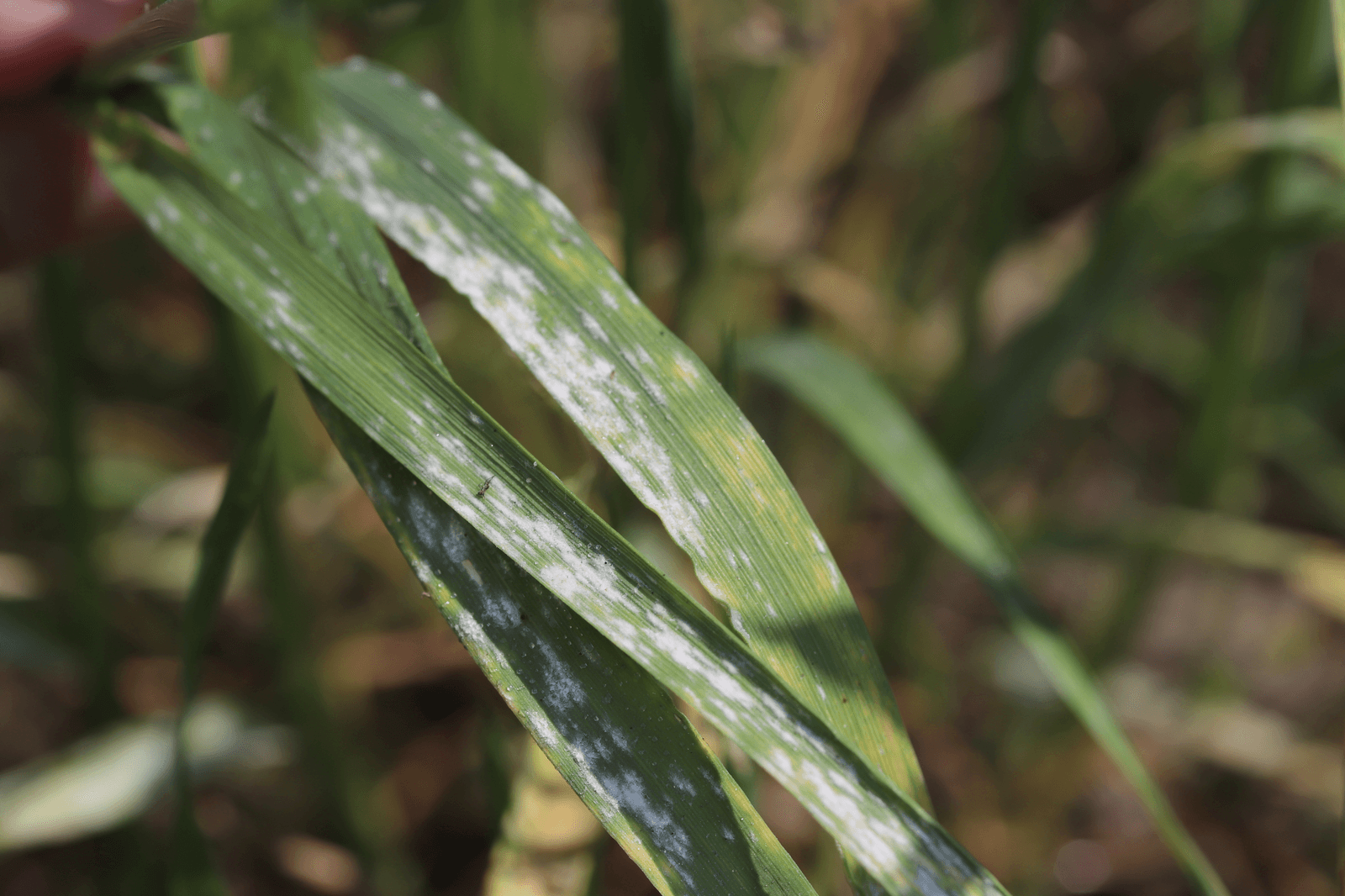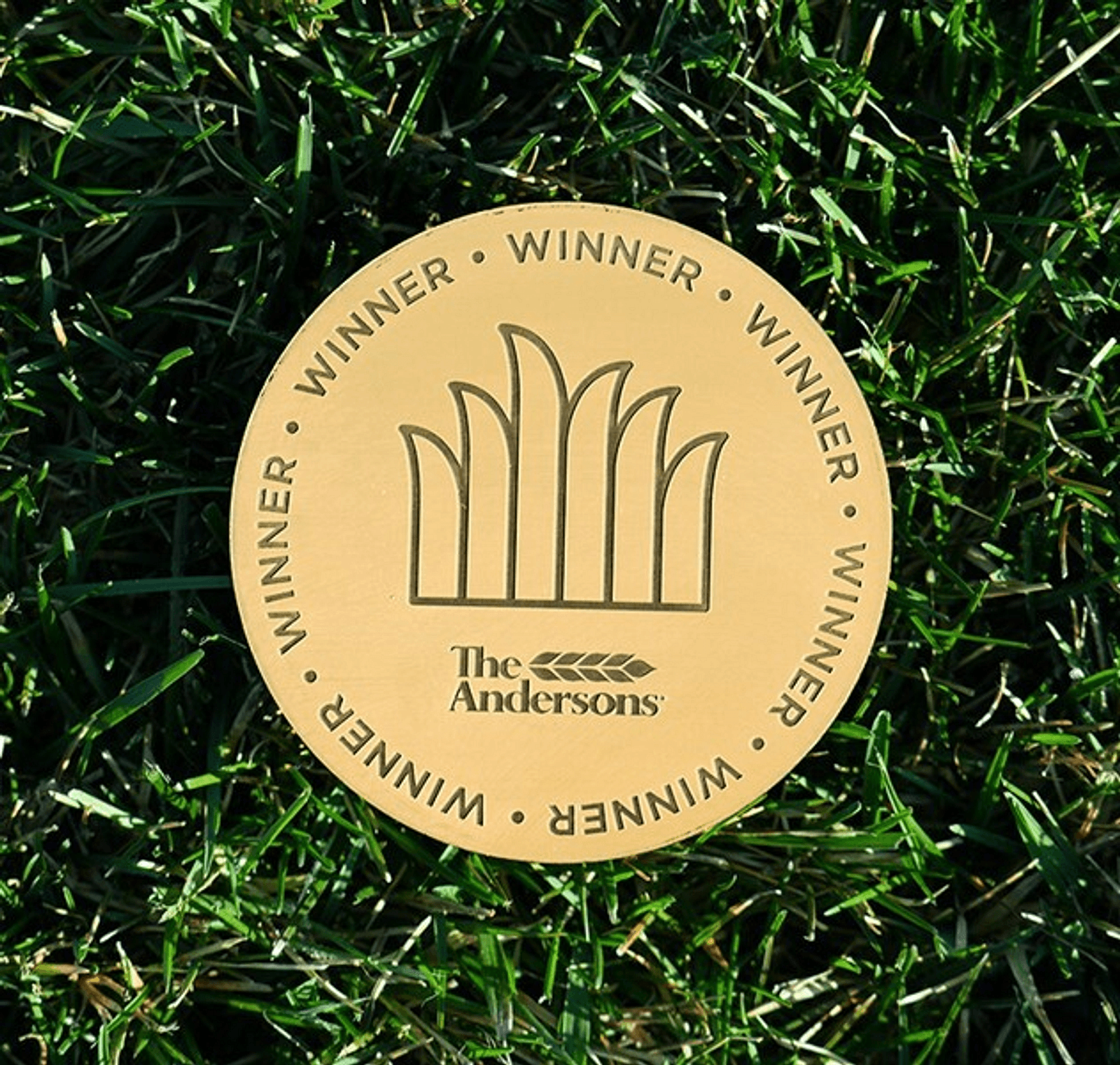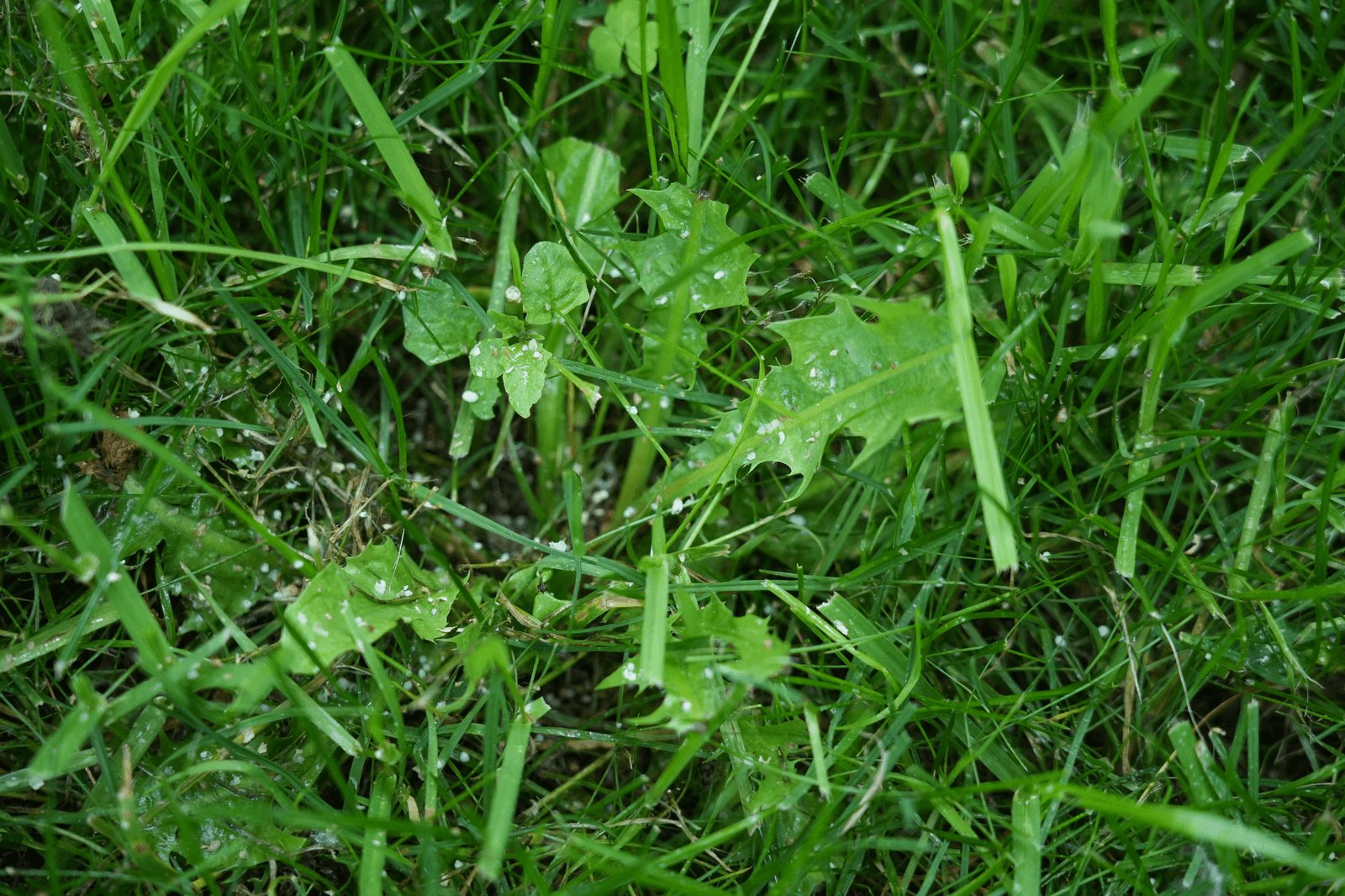Taking care of leaves on your lawn is important to maintain its health and appearance. Leaves can smother grass if left too long, block sunlight, and create an ideal environment for pests or mold. Here are several options for managing leaves on your lawn:
1. Raking
Use a rake to gather leaves into piles and then bag them, compost them, or add them to a leaf mulch pile.
- Benefits: Gives you control over where the leaves go and is a good workout!
- Drawbacks: Labor-intensive and time-consuming, especially if you have a large lawn.
2. Leaf Blower
Use a gas-powered or electric leaf blower to gather leaves into piles or blow them into garden beds or compost areas.
- Benefits: Quicker than raking, especially for large yards. Can be used to clear leaves from hard-to-reach areas.
- Drawbacks: Can be noisy, especially with gas-powered models. May scatter leaves into areas you didn’t intend.
3. Lawn Mower
Mulching Mower: Many modern lawnmowers have a mulching setting, which chops the leaves into small pieces and drops them back onto the lawn.
- Benefits: Leaves decompose quickly and provide nutrients back to the soil. Reduces the need for raking or bagging.
- Drawbacks: Works best for smaller or thinner layers of leaves, as thick piles may suffocate the grass.
Bagging Mower: Collect leaves while mowing by using the mower’s bagging attachment.
- Benefits: Convenient for collecting large volumes of leaves, and you can dispose of them easily.
- Drawbacks: Requires more frequent trips to empty the bag, especially on large lawns.
4. Leaf Vacuums
These devices suck up leaves and mulch them into a bag for easy disposal or composting.
- Benefits: Efficient for gathering leaves, especially in tight spaces or flower beds. Some models also have a shredder that breaks leaves down into smaller pieces.
- Drawbacks: They can be heavy and noisy, and some models are expensive.
5. Composting
Leaves can be used as a key ingredient in composting. Shredding the leaves first helps speed up the decomposition process.
- Benefits: Reduces waste and creates nutrient-rich compost that can be used to fertilize your garden and lawn.
- Drawbacks: Takes time for leaves to break down, and composting requires a bit of space and attention to the proper composting conditions (airflow, moisture, etc.).
6. Using Leaves as Mulch
Shredded leaves can be spread across flower beds, vegetable gardens, or around trees and shrubs to act as mulch.
- Benefits: Keeps soil moist, suppresses weeds, and adds nutrients as the leaves break down over time.
- Drawbacks: Unshredded leaves can mat together and block water and air from reaching the soil. It’s best to shred or chop them before applying.
7. Leaf Disposal Services
Many professional lawn care services offer leaf removal as part of their services.
- Benefits: Saves time and effort, especially if you have a large property. They may also offer additional services like mulching or composting.
- Drawbacks: Costs money, and may not be necessary if you have time or prefer DIY methods.
8. Letting Leaves Stay
In some cases, you can leave the leaves on the lawn, especially if they’re not thick and are allowed to decompose naturally. Many people do this for eco-friendly reasons, as it provides natural mulch and helps improve soil quality.
- Benefits: Reduces labor and is more natural. Can be good for wildlife.
- Drawbacks: Piles of leaves can smother grass and lead to lawn damage, especially during wet weather when leaves don’t break down quickly.
9. Creating a Leaf Pile or Leaf Pile Garden
If you don’t want to bag or compost leaves, simply gather them in a corner of your yard and let them decay naturally. Some people create a designated leaf pile garden, where leaves break down over the winter and become fertile ground for future planting.
- Benefits: Eco-friendly, simple, and can attract beneficial insects like earthworms.
- Drawbacks: Piles may look untidy, and it can take a while for leaves to break down.
10. Using a Lawn Sweeper
A lawn sweeper is a tow-behind device that sweeps up leaves, twigs, and other debris. They are particularly useful for large lawns.
- Benefits: Fast and effective, especially for larger areas. Works well on lawns with low-growing grasses.
- Drawbacks: Can be expensive and may require a lawn tractor to tow it.
Best Method for Your Lawn
Small Lawn: Raking, mulching with a mower, or using a leaf blower may be the easiest and most efficient methods.
Large Lawn: Consider using a leaf vacuum, lawn sweeper, or a leaf blower to speed up the process. Mulching mowers also work well for large areas.
Organic Approach: If you prefer a more natural method, composting, mulching, or allowing leaves to decompose on the lawn (in thin layers) can be effective.
By combining a few of these methods, you can manage leaves efficiently without compromising the health of your lawn.
